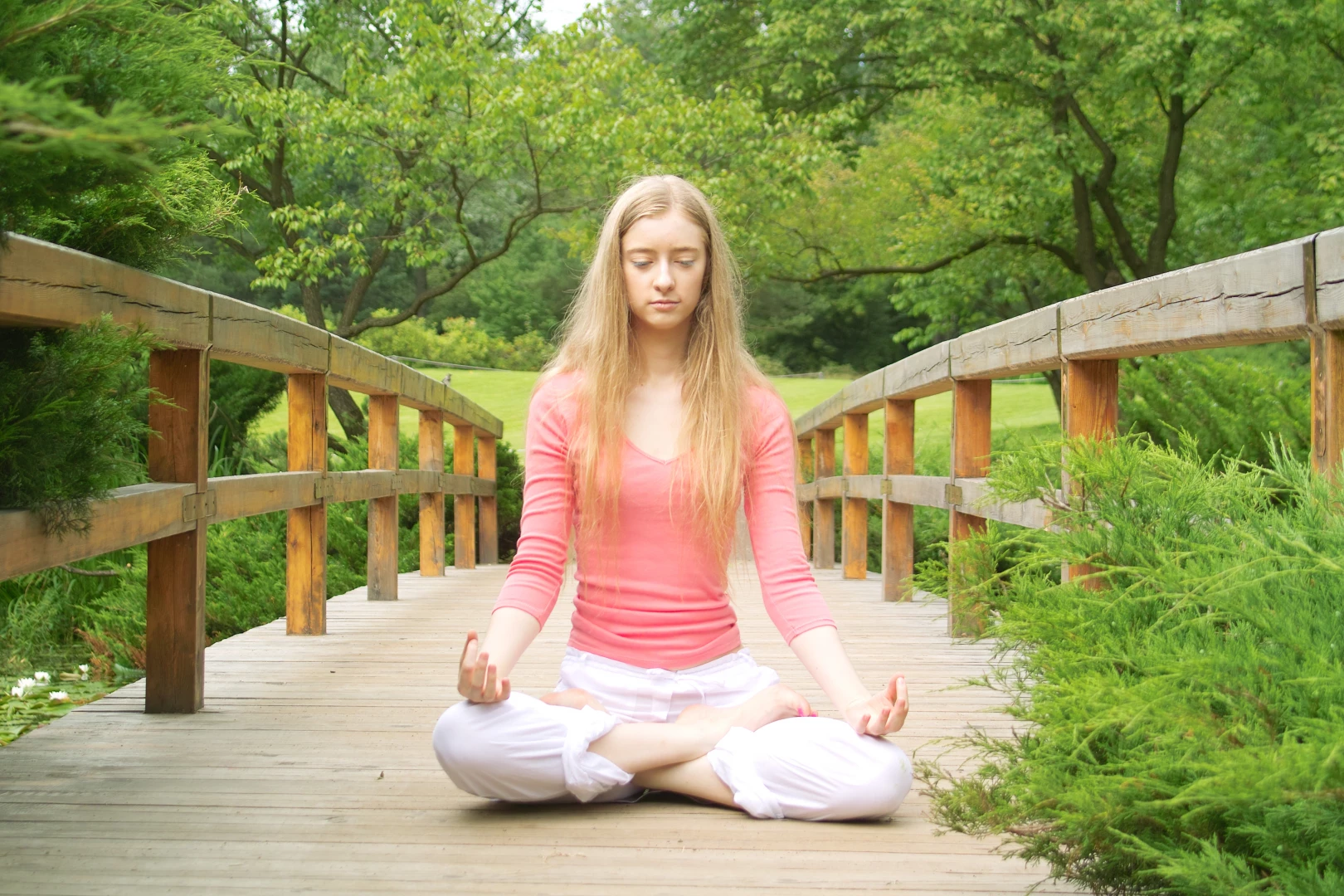Anatomy of Breathing – Benefits of Deepening Your Breath

Attention to breathing synchronizes many of the functions of the body. Our breath flows as life-giving oxygen into the blood, which carries it to every part of the body, where it provides a critical part of energy production in cells.
The first step in learning how to relax spontaneously is learning controlled breathing. Breathing is unique in that it is an “autonomic” or automatic response that can also be controlled with voluntary actions. When we control our breathing it ties into other autonomic responses. Slowing the rate of breathing is associated with a decreased heart rate, decreased blood pressure, and—very importantly—decreased adrenaline levels. Slowed breathing also is associated with increased production of endorphins, those wonderful internal chemicals that improve our sense of well-being.
Most of us breathe with our chest muscles. The more uptight we are, the shorter and shallower the breath becomes, and the more tension there is in the shoulders and neck. When relaxed, we use abdominal breathing: instead of using the chest wall muscles, we are then using mainly the diaphragm.
Observe this by first lying comfortably on your back. Control and slow your breathing to an easy rhythm. Place one hand on the abdomen, close to the belly button. As you breathe, try to keep the chest wall still and pull air into the lungs by expanding the abdominal muscles. Your hand should rise and fall with each breath. Breathing should be done through the nose, not through the mouth. Inhalations and exhalations should be equal.
It takes a little practice. Relaxation happens quickly, even after only a few minutes. Focused concentration on breathing by itself is a simple and profoundly effective relaxation technique that can be done nearly anytime you have a few minutes—while waiting at a stoplight, during a break at the office, or while waiting for water to boil.
Simple Breathing Exercises
Using abdominal breathing, try to extend your breath for as long as possible without holding your breath. Inspiration and expiration should be equal. At first attempts, your inspiration and expiration will be about 5-7 seconds each, but your goal is to extend each to 15 seconds, resulting in only 2 complete breaths in one minute. Don’t strain. Make it easy and comfortable. Work up to 15 seconds slowly. You can practice this one anywhere, even at a stoplight.
Another simple breathing exercise is sequential count-to-ten. Using abdominal breathing of normal length, begin counting each breath. Count first to up to 2 and then start over, 1-2-3. Continue with 1-2-3-4, and so forth, up to the sequence 1-10. It takes more concentration than you can imagine. Completion of two sequences of 10 often results in deep relaxation with lowered pulse rate and normalized blood pressure. This is also a great exercise to improve focus.
Reprinted with permission from VitalPlan.com
 Bill Rawls, MD is an advocate for individuals with fibromyalgia and related conditions. Board certified in Obstetrics and Gynecology, Dr. Rawls has always focused his practice on health and wellness. After experiencing fibromyalgia and Lyme disease first hand, he shifted toward helping others with those conditions. He uses his passions for writing and study of natural herbal medicine to reach out to those left behind by the current healthcare system. Through books and health restoration protocols available through Vital Plan, he paves the way toward a better life. His latest book, Suffered Long Enough, puts the pieces together for fibromyalgia and Lyme disease sufferers and offers a safe pathway back to normal health.
Bill Rawls, MD is an advocate for individuals with fibromyalgia and related conditions. Board certified in Obstetrics and Gynecology, Dr. Rawls has always focused his practice on health and wellness. After experiencing fibromyalgia and Lyme disease first hand, he shifted toward helping others with those conditions. He uses his passions for writing and study of natural herbal medicine to reach out to those left behind by the current healthcare system. Through books and health restoration protocols available through Vital Plan, he paves the way toward a better life. His latest book, Suffered Long Enough, puts the pieces together for fibromyalgia and Lyme disease sufferers and offers a safe pathway back to normal health.



